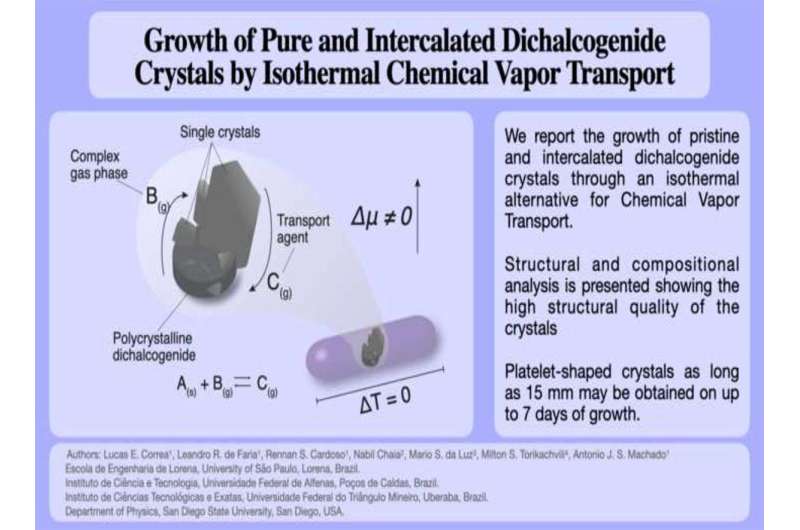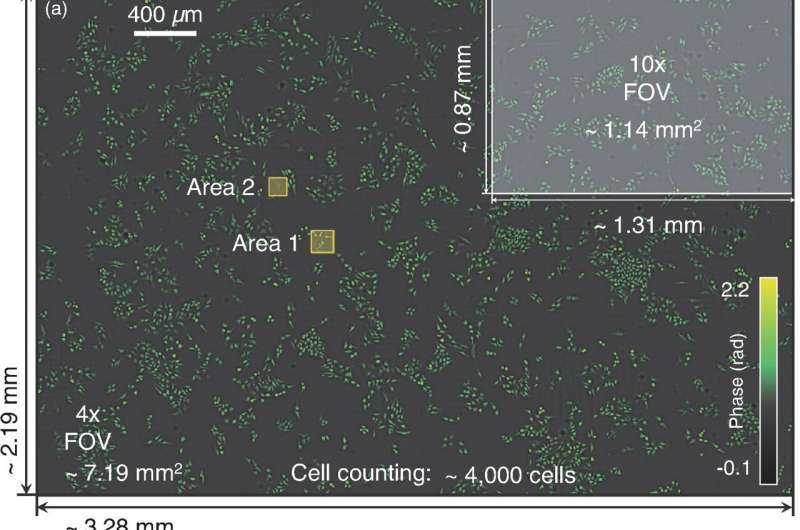
Today, astronomers seek to observe the faintest and most distant objects possible. Extremely Large Telescopes (ELTs), with apertures in the order of several dozen meters, are the next generation facilities to do so. However, building larger telescopes is only one part of the equation. The other part is the capability of detecting the gathered photons in the most efficient way possible.
This is where making all other optical components in astronomical instruments more efficient becomes crucial. One essential component used in modern astronomical science is the diffraction grating. Its role is to spatially spread incoming light into its constituent frequencies, similar to how a glass prism does.
Thanks to a precisely engineered structure that leverages the wave-like nature of photons, diffraction gratings can separate light of different wavelengths with very high resolution. When coupled with a telescope and a spectrometer, gratings allow scientists to analyze the spectral properties of celestial bodies.
Motivated by the somewhat stagnant progress made in grating technology over the past decade, researchers Hanshin Lee of the University of Texas at Austin and Menelaos K. Poutous of the University of North Carolina at Charlotte, focused on a completely different way of fabricating diffraction gratings.
In their paper recently published in the Journal of Astronomical Telescopes, Instruments, and Systems, they report their success on manufacturing proof-of-concept high-efficiency diffraction gratings using reactive ion-plasma etching (RIPLE), a plasma-based manufacturing technology normally used for semiconductors.
Put simply, the RIPLE process used in this study involves “drawing” (using a high-precision electron beam) the desired grating pattern onto a chrome masking layer placed atop a quartz substrate. The grating pattern is then carved directly onto the quartz substrate using chemically reactive plasma; the chrome mask acts as a shield and the plasma only eats away at the exposed regions.
After fine tuning various parameters of the process through theoretical calculations, simulations, and experimental trial and error, the researchers managed to produce first-order diffraction gratings with very precise nano-scale structures. This translated to a near-theoretical unpolarized diffraction efficiency, reaching 94.3% at its peak and staying over 70% across a wavelength range broader than 200 nm.
“This type of performance has been only rarely achieved in diffraction gratings used for astronomy, where every bit of efficiency gain really matters due to photon starvation,” said Lee.
Another advantage of using the RIPLE process to produce diffraction gratings is that the grating structure is embedded directly into the glass substrate, which means that they share the same material characteristics.
“Our gratings can be very robust optically, thermally, and mechanically, which makes them ideal for harsh environments, such as those found in space observatories and cryogenic systems,” said Poutous, “This allows for their application in a broad range of scientific and engineering spectroscopic measurements.”
Overall, the results of this study showcase the potential of the RIPLE process to revolutionize the way in which diffraction gratings are fabricated. The researchers are optimistic about the future use of such high-efficiency gratings in the upcoming era of ground-based ELTs with apertures over of 30 meters. With any luck, these gratings will be instrumental for astronomers to observe extremely faint objects far out in space in upcoming years.
More information: Hanshin Lee et al, Reactive ion plasma etched surface relief gratings for low/medium/high resolution spectroscopy in astronomy, Journal of Astronomical Telescopes, Instruments, and Systems (2022). DOI: 10.1117/1.JATIS.8.4.045002





















